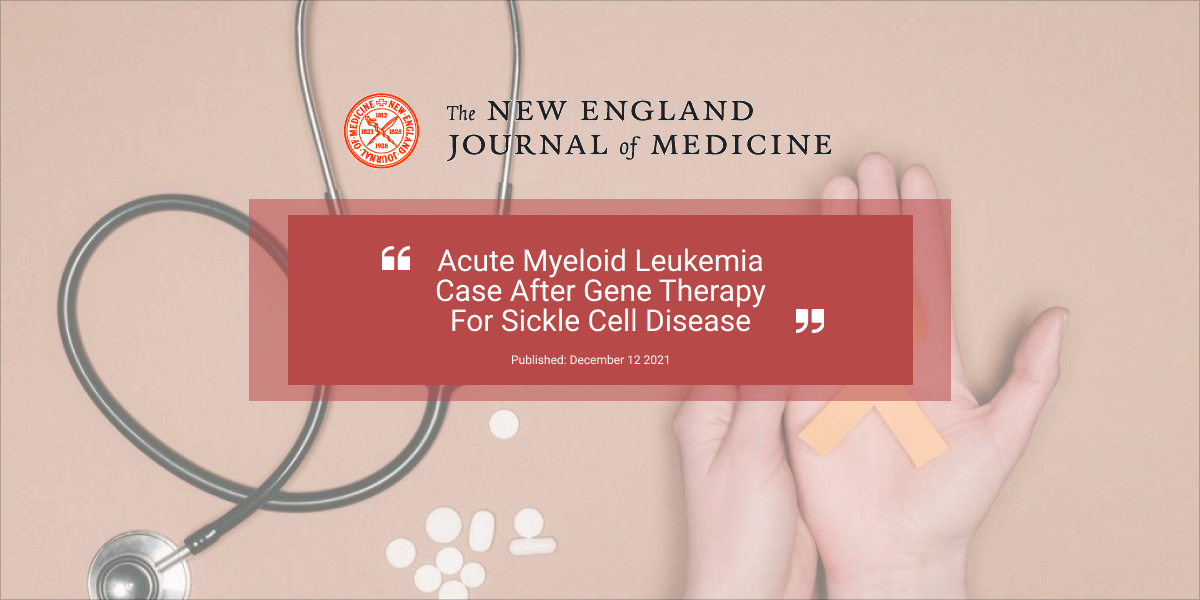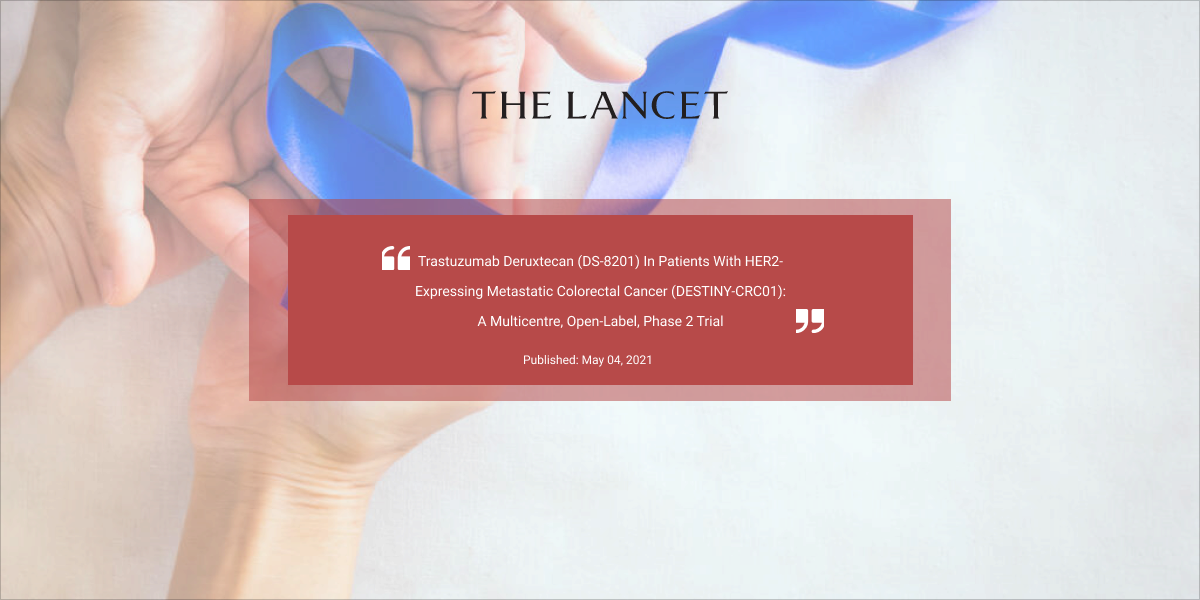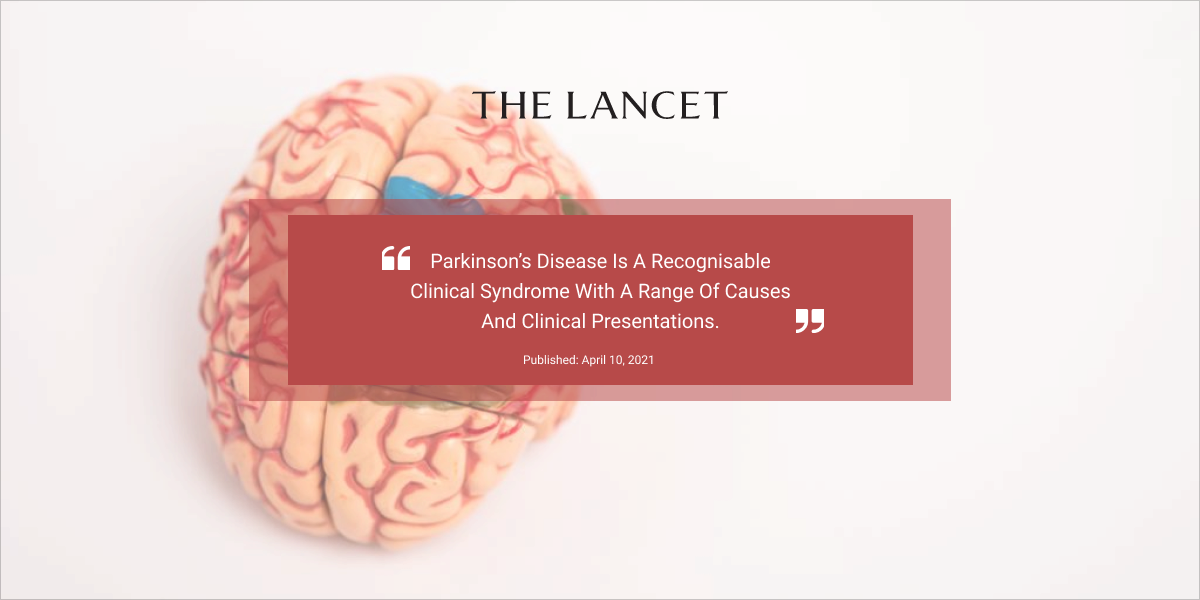Acute Myeloid Leukemia Case after Gene Therapy for Sickle Cell Disease
Gene therapy with LentiGlobin for sickle cell disease (bb1111, lovotibeglogene autotemcel) consists of autologous transplantation of a patient’s hematopoietic stem cells transduced with the BB305 lentiviral vector that encodes the βA-T87Q-globin gene. Acute myeloid leukemia developed in a woman approximately 5.5 years after she had received LentiGlobin for sickle cell disease as part of the initial cohort (Group A) of the HGB-206 study. An analysis of peripheral-blood samples revealed that blast cells contained a BB305 lentiviral vector insertion site. The results of an investigation of causality indicated that the leukemia was unlikely to be related to vector insertion, given the location of the insertion site, the very low transgene expression in blast cells, and the lack of an effect on expression of surrounding genes. Several somatic mutations predisposing to acute myeloid leukemia were present after diagnosis, which suggests that patients with sickle cell disease are at increased risk for hematologic malignant conditions after transplantation, most likely because of a combination of risks associated with underlying sickle cell disease, transplantation procedure, and inadequate disease control after treatment. (Funded by Bluebird Bio.)
![]()
![]()
![]()
![]()
![]()
![]()
![]()
![]()
![]()
![]()
![]()
This article was published on December 12, 2021, at NEJM.org.














